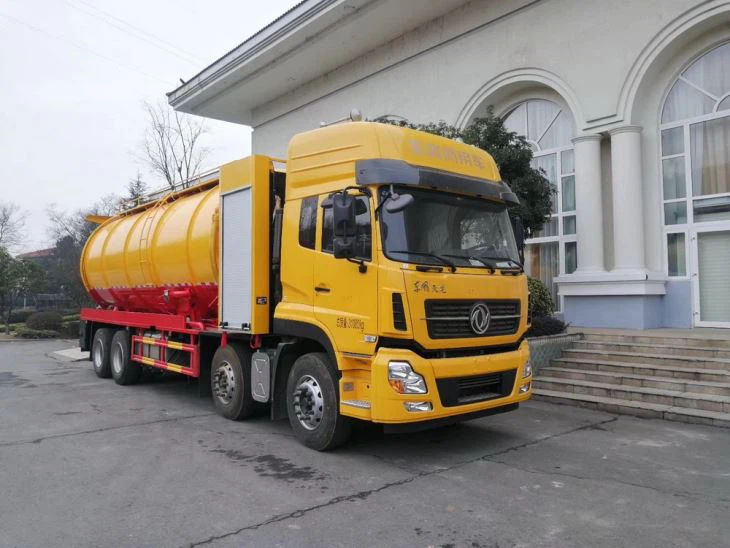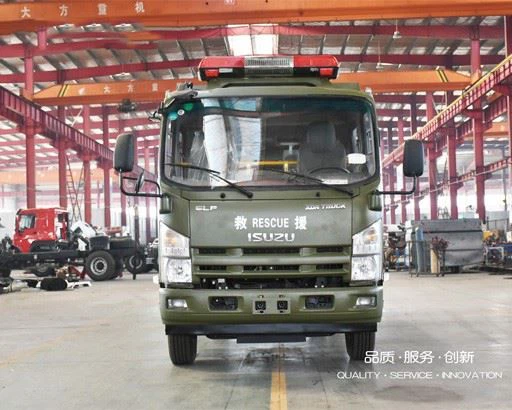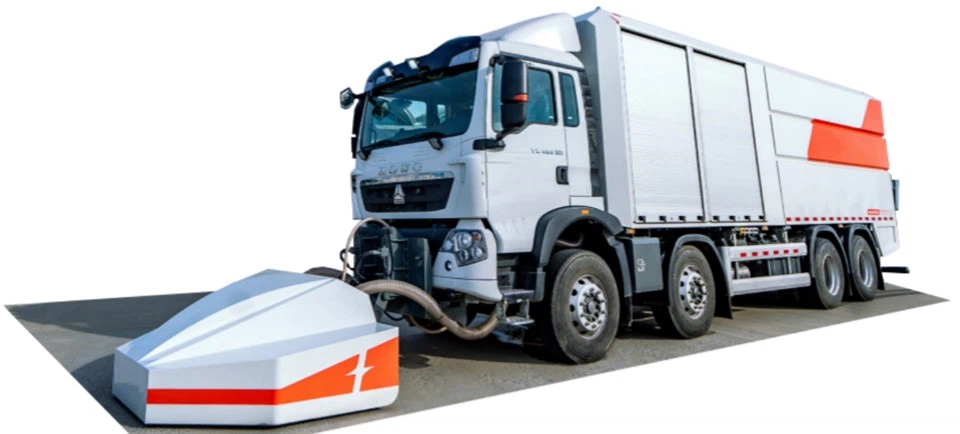Understanding the Bowser of Water: A Comprehensive Guide

The “bowser of water” is an essential piece of equipment that plays a crucial role in various industries and applications. Whether you are in construction, agriculture, or emergency services, understanding what a water bowser is and how it can benefit you is key. This article will explore everything you need to know about water bowsers, including their types, uses, maintenance, and much more.

What is a Water Bowser?
A water bowser is a vehicle or trailer equipped with a tank that is used to transport water. These versatile units can carry large volumes of water and are used for various applications, from providing water for construction sites to making sure agricultural lands are adequately irrigated. The design of a water bowser may vary, but they generally consist of a tank, fittings, and a means of transport.
Types of Water Bowsers
There are several types of water bowsers available, each with its own unique features and benefits. Understanding these types can help you choose the right one for your needs.
1. Mobile Water Bowsers
Mobile water bowsers are mounted on vehicles and can be easily transported wherever needed. They are ideal for applications that require frequent relocation.
2. Static Water Bowsers
Static water bowsers are designed to stay in one location. They are typically used for irrigation or filling nearby tanks and pools.

3. Agricultural Water Bowsers
These bowsers are specifically designed to supply water for agricultural purposes, such as irrigation or livestock watering. They often come with additional features for ease of use in the field.
4. Firefighting Water Bowsers
Firefighting bowsers are equipped to provide water during fire emergencies. They typically have pumps and hoses to facilitate quick deployment.
Applications of Water Bowsers
Water bowsers are used in various fields due to their versatility. Here are some common applications:
| Application | Description |
|---|---|
| Construction | Water bowsers supply water for dust suppression, concrete mixing, and site facilities. |
| Agriculture | Used for irrigation and supplying water for livestock. |
| Event Management | Provide fresh water for large outdoor events or festivals. |
| Firefighting | Transport water to areas that lack a primary water supply. |
How to Choose the Right Water Bowser
Selecting the right water bowser depends on various factors. Here are some tips to consider:
1. Determine Your Water Needs
Assess how much water you need to transport. This will dictate the size of the bowser you require.
2. Consider the Terrain
The terrain where the bowser will operate is crucial. Some bowsers are better suited for rugged landscapes, while others work efficiently on flat surfaces.
3. Look for Customization Options
Some manufacturers offer customization, allowing you to add specific features that cater to your requirements, such as additional pumps or hose fittings.
4. Understand the Regulations
Familiarize yourself with local regulations regarding water transportation to ensure compliance.
Maintenance Tips for Water Bowsers
Proper maintenance is essential for the efficient operation of your water bowser. Here are some maintenance tips:
1. Regular Inspections
Check for leaks, corrosion, and any signs of wear and tear regularly to prevent issues.
2. Clean the Tank
Ensure that the tank is cleaned frequently to avoid contamination of water. Use appropriate cleaning agents that do not leave harmful residues.
3. Check the Pump System
The pump is vital for the bowser’s operation. Regularly inspect it for functionality and replace any worn-out parts timely.
4. Inspect Tires and Vehicle Components
If your bowser is mounted on a vehicle, make sure the tires, brakes, and other components are in good working order.
Cost Considerations for Water Bowsers
The cost of a water bowser can vary significantly based on several factors such as size, type, and additional features. Here’s a breakdown:
1. Initial Purchase Price
The upfront cost ranges from $2,000 to over $20,000. A small mobile bowser might cost less compared to a large, specialized unit.
2. Maintenance Costs
Regular maintenance can incur costs that should be factored into your budget. This includes replacement parts, cleaning supplies, and repairs.
3. Fuel Expenses
If you are using a vehicle-mounted bowser, you will need to consider the fuel costs associated with transporting water.
Common Challenges with Water Bowsers
While water bowsers are incredibly useful, you may face some challenges when using them:
1. Limited Water Supply
Access to sufficient water can limit the efficiency of a water bowser.
2. Transportation Issues
Transporting a bowser can be complicated, especially in areas with limited road access.
3. Regulatory Compliance
Being compliant with local laws can be challenging if you are not aware of specific regulations concerning water transport.
Future Trends in Water Bowser Technology
As technology advances, the future of water bowsers is likely to change:
1. Smart Water Monitoring
Integration of smart technology can help monitor water levels and quality in real-time.
2. Eco-Friendly Materials
Manufacturers are exploring eco-friendly materials and technologies to reduce environmental impact.

3. Enhanced Mobility Features
New designs may include improved mobility features such as advanced suspension systems for rough terrain.
FAQs About Water Bowsers
1. What is the difference between a water bowser and a water tank?
A water bowser is a transportable unit that carries water, while a water tank is usually stationary and designed for holding water.
2. How much water can a typical water bowser hold?
The capacity of water bowsers varies, but they typically range from 1,000 to 12,000 liters.
3. Can I use a water bowser for drinking water?
Yes, but ensure that it is specifically designed for potable water and has been cleaned properly before use.
4. Are water bowsers environmentally friendly?
Water bowsers can be environmentally friendly if used efficiently and maintained properly to minimize water wastage.
5. How do I clean the water bowser tank?
You can clean the tank by draining it, scrubbing the interior with suitable cleaning agents, rinsing thoroughly, and allowing it to dry.
6. Is it possible to customize a water bowser according to my requirements?
Yes, many manufacturers offer customization options based on your specific needs and applications.
